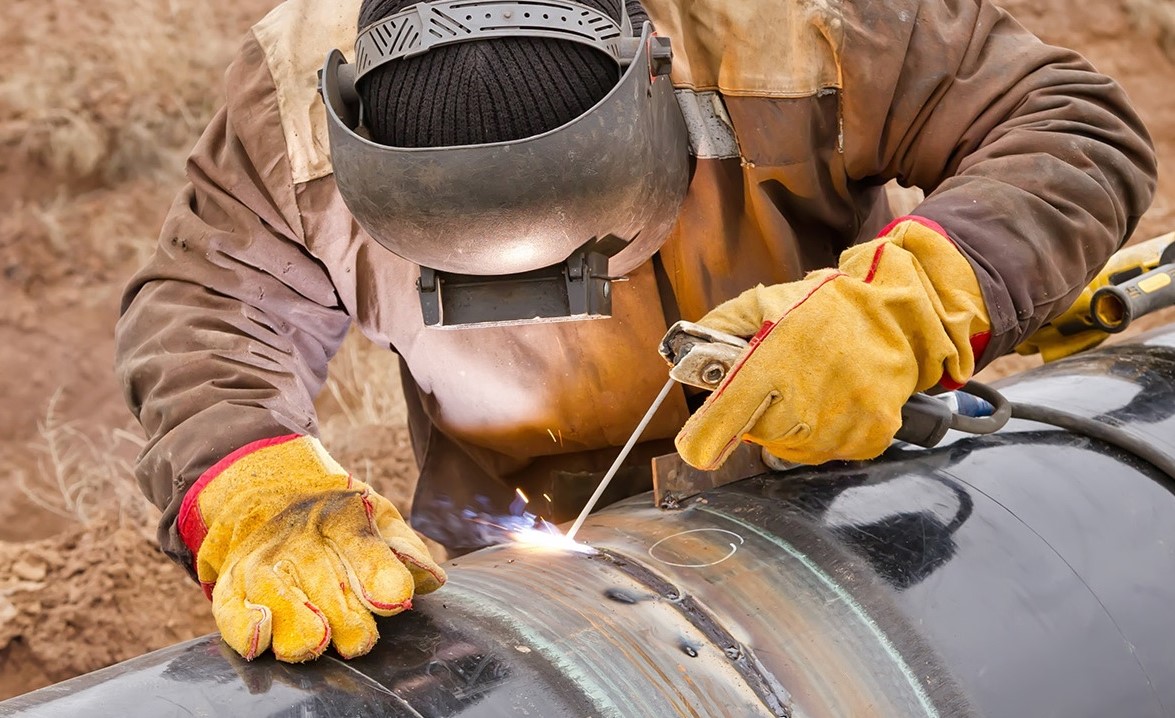Fracture Mechanics in Subsea Pipelines
What on Earth is Fracture Mechanics?
Simply put, fracture mechanics is the field of mechanics concerned with the study of the propagation of cracks in materials.
In subsea pipelines, fracture mechanics is the study of flaws (or cracks) in the girth weld between two pipes, as shown in the image on the right, although most of the time, the welding is done by automated machines.
A fracture is likely to happen in the welds because these may have weld flaws, higher stresses and lower fracture toughness.
Basics
In most codes, fracture assessment is required to be performed to establish the weld repair criteria when strains in the pipeline exceeds 0.4%.
This is assuming the weld material is stronger than the pipe material. This is done by superimposing the stress-strain curve of both the pipe and weld material on the same graph and the yield strength (YS) and tensile strength (TS) of the weld should be stronger than the pipe at the assessment temperature.
Significant weld flaws are typically oriented in the weld direction so that the stresses normal to the weld direction are of concern. Because the hoop stress is always below YS, fracture is not normally a concern for longitudinal welds.
DNV-RP-F108 4.provides a simplified assessment procedures specified in Sec.4 and Sec.5 may also be used on lined and clad pipelines with CRA welds and 13Cr pipes with 25Cr welds, as well as other materials and material combinations if the weld metal is as least as strong as the parent pipe material, see
Else, if the stress-strain curve of the girth weld is not higher or only partially higher than the stress-strain curve of the parent pipe material, then the simplified method and the fracture limit state should be evaluated by solid 3D FE fracture mechanics analyses.
Industry Codes and Standards
The following are the common industry codes and standards that govern welding of pipes for the oil and gas industry.
- DNV-RP-F108, Assesment of Flaws in Pipeline and Riser Girth Welds
- BS 7910, Guide to methods for assessing the acceptability of flaws in metallic structures
- API 579-1/ASME FFS-1, Fitness-For-Service,
1. What’s the difference between S-N fatigue and fracture mechanics?
2. Is anyone really reading this?
3. I bet no one reads the fine print.

